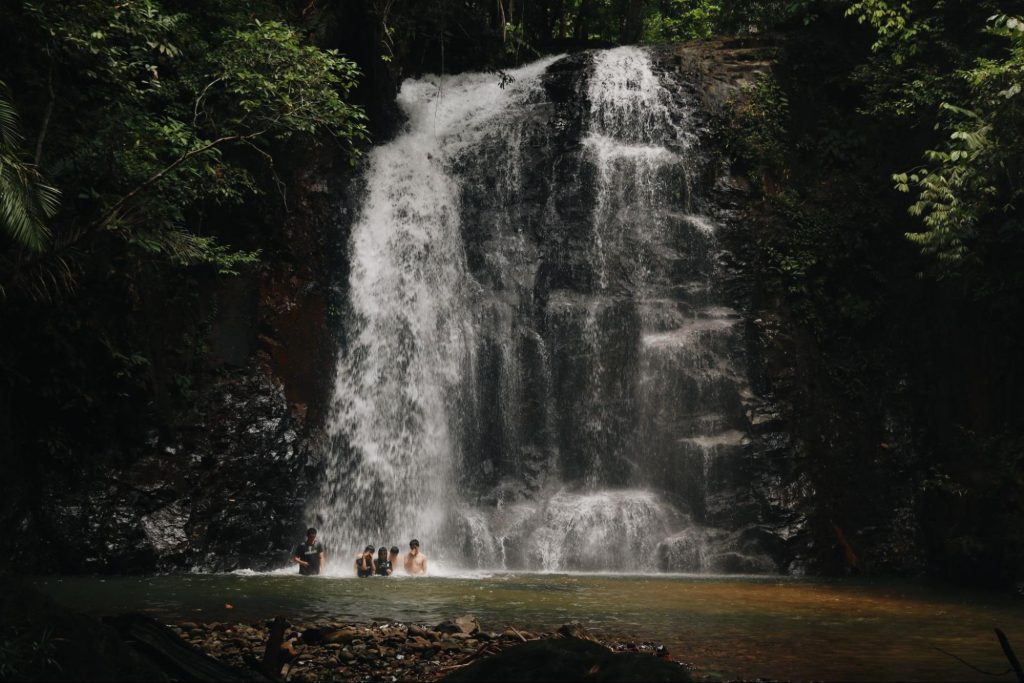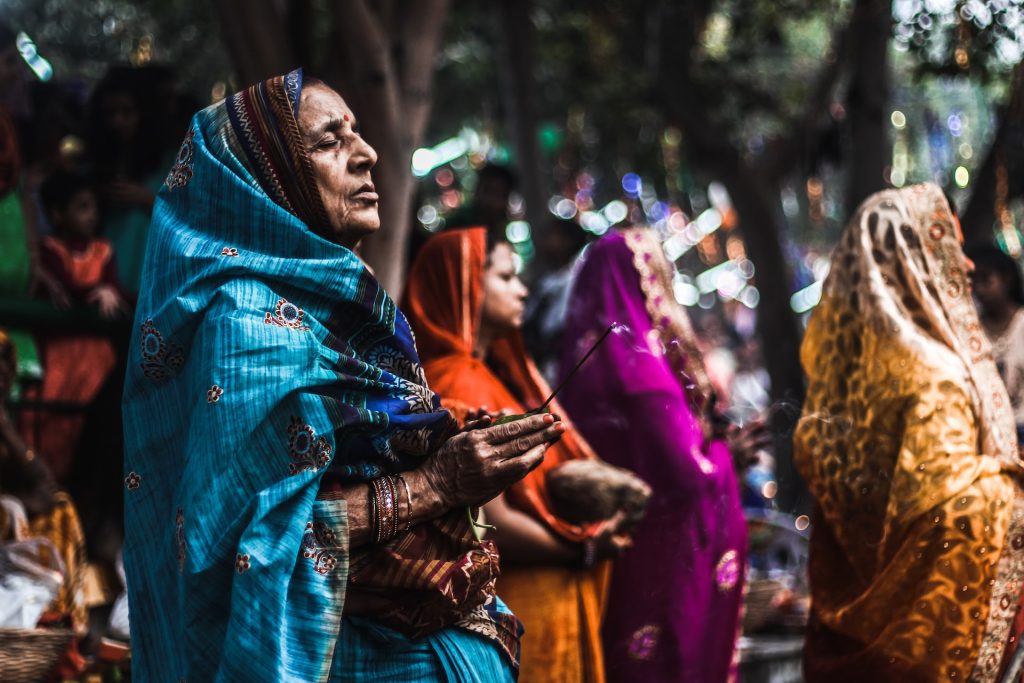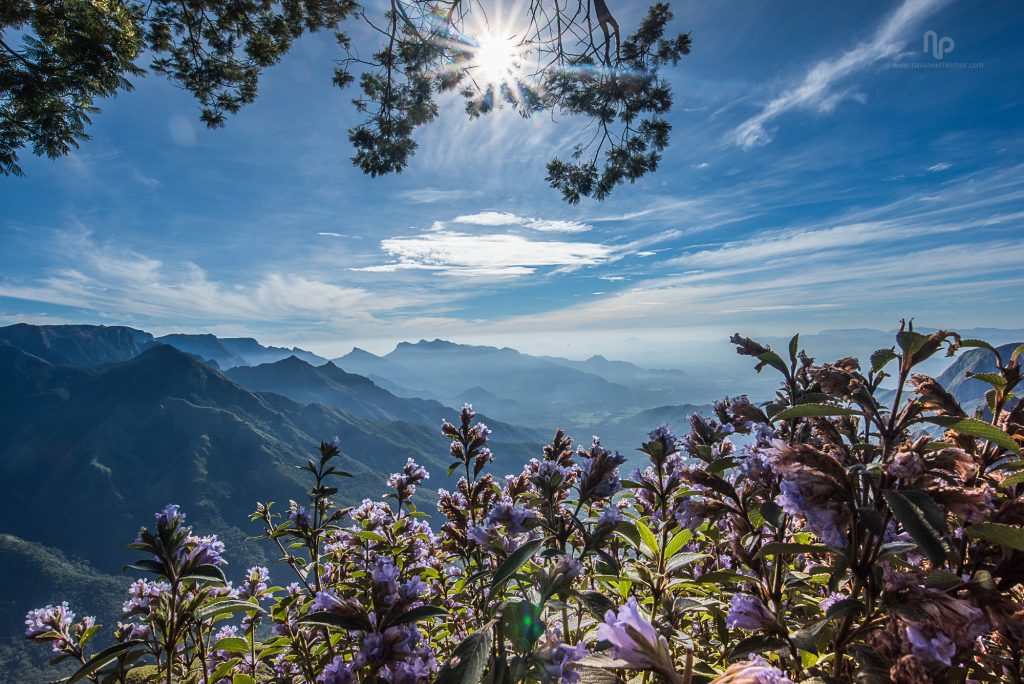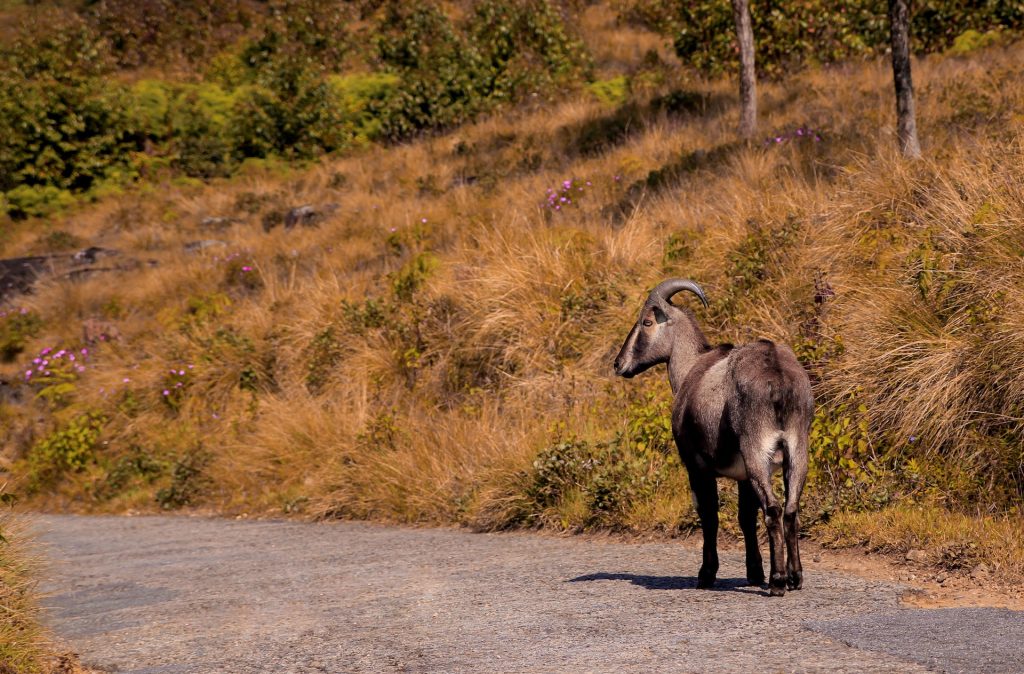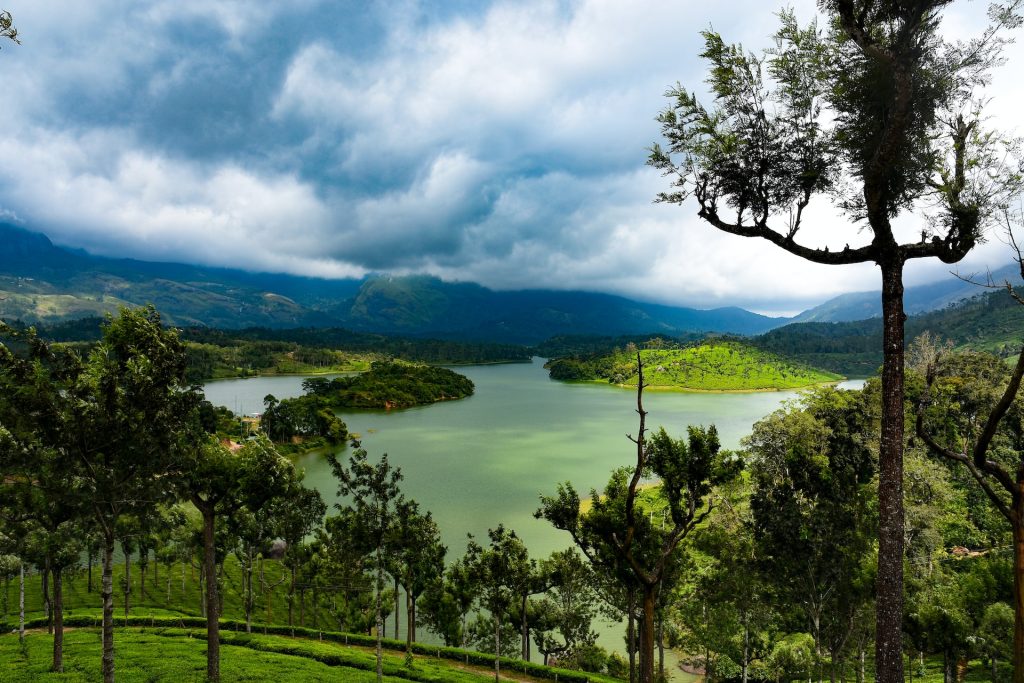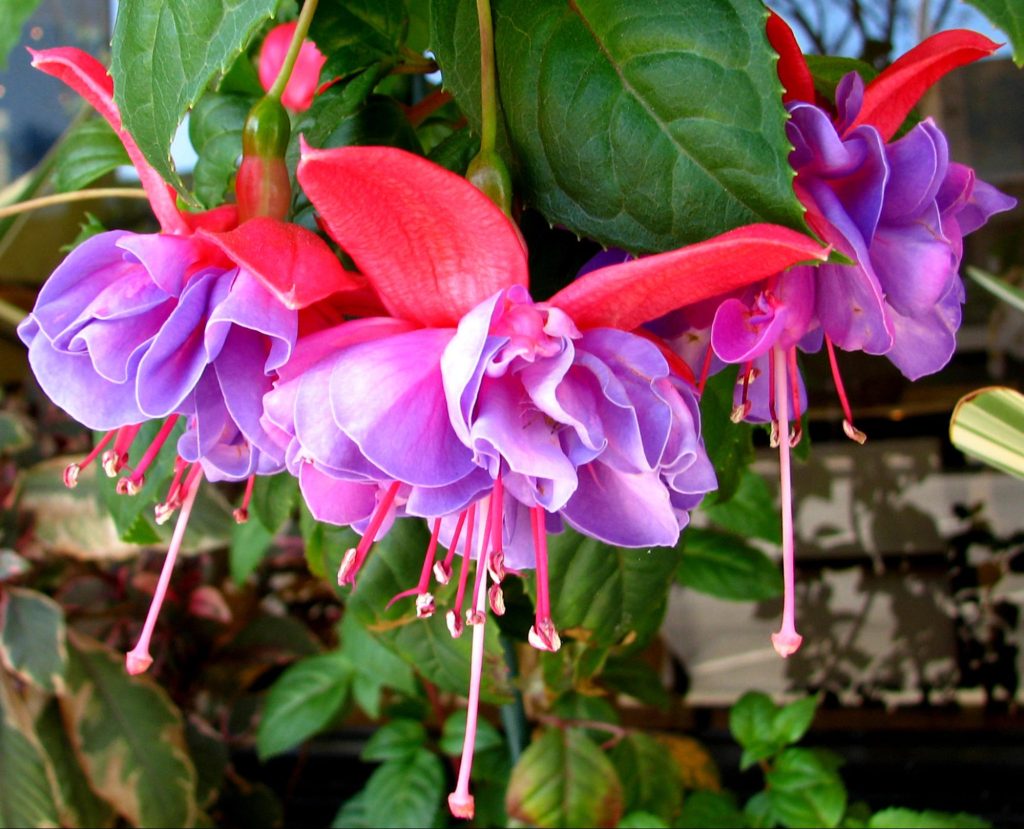Pambar Waterfalls in Kodaikanal – Everything You Need to Know
“The Waterfall is Nature’s Laughter”
The Pambar Waterfalls in Kodaikanal is one of those few underrated destinations that haven’t been tainted by intensive tourism yet. If you’re a trekker and you haven’t visited the Pambar Waterfalls in Kodaikanal, you’re missing out! After a long, arduous trek emerges an enchanting view of cascading waterfalls. A view that will rejuvenate a tired mind and wipe out any ounce of exhaustion.
This mesmerizing waterfall is known by many names- Pambar waterfalls, Grand Cascade and Liril Falls. The name Liril Falls was given to it after the famous Liril soap ad was shot here in 1985. Since the ad was a hit, the Pambar falls became a chosen spot for the filming of future Liril advertisements. This unique happenstance is what makes the Pambar falls special from other waterfalls in the area.
To make your trip even more exhilarating you can take a dip in the freshwater where the waterfall rolls down into a foamy pool while listening to the chirping of pretty birds! If this sounds exciting to you, read on to know more about how to make the best out of this epitome of nature’s beauty.
Location of Pambar Waterfalls
Pambar Falls are found in the Dindigul district of Tamil Nadu, India’s southernmost state. A stunning Kodaikanal attraction, located 4 kilometers from the Kodaikanal Bus Station and 2.5km from the Kodaikanal Lake. They are accessible by a steep and rocky climb from Kodai Bus Stand, behind the Pambar House.
Madurai offers the nearest airport to the falls, at a distance of 80kms and the Kodaikanal railhead is close by as well.
Pambar Falls are formed by Fairy Falls and flow into the Vaigai River. There’s even a pond at the bottom of the waterfall where you may swim and relax amid lush flora. Locals in Kodaikanal use this site for weekend picnics with their family and friends. The location also gives you a tranquil time in its serene atmosphere, which is why it is a nature lover’s paradise.
Kodaikanal Food Vlog – Best Places to Eat in Kodaikanal

How to Reach
The best way to travel to Kodaikanal for visiting the waterfalls is by air. Madurai, around 120 kilometers away, is the closest airport to Kodaikanal. Trichy and Coimbatore airports, both 150 and 175 kilometers apart, are among the others in the line. You can take a bus to Kodaikanal directly from the airport. In all, the trip to the falls could take 1-2 hours and because it is in a remote location, the easiest way to get there is to rent a jeep or a car, preferably a Sedan or an SUV.
Can’t decide the length of the trip? We recommend a 2-3 days long stay to be suitable for exploring Kodaikanal, Pambar falls and its adjacent waterfalls.
The path to Pambar Waterfall is quite adventurous, as it requires passing through the treacherous hill behind Pambar House to reach the waterfall. Its meandering water flow path appears to be quite picturesque.
Best Time to Visit
This fairyland can be visited at any time of the year, bearing in mind your comfort. The rainy season is usually a great time to visit these falls as the water flows in all its might & glory, cascading majestically over ragged rocks with lush and green vegetation all around. September to May are ideal months. Summer months are not ideal as the water flow is minimal due to the harsh climatic condition and the trek could be all the more difficult in harrowing heat.
Activities to Make it an Unforgettable Expedition
- Trekking- 16km trek through forested hills surrounded by a range of endemic flora & fauna. The trek is moderate in difficulty and is enjoyed by novice as well as professional trekkers.
- Kid-Friendly- The height of the waterfalls is around 5 feet, making it safe for children to splash and play in the water. The Pambar falls is a family-friendly place where your kids are sure to have a blast.
- Picnic & Lunch Near Waterfall- Although it is advised to pack your food and water, Jacob’s Kitchen food shop offers meals paired with pleasant sightseeing.
Kodaikanal Tourist Guide | Kodaikanal Restaurants
- Shopping- Did you know? Kodaikanal is India’s very own chocolate factory? In Kodaikanal, you’ll find anything from coffee bean chocolates to fruit-flavored chocolate to chocolate topped with nuts. If you’re a chocolate lover, this place is your chocolate heaven! Apart from chocolates, you can also shop for handmade earrings and jewelry in the small shops surrounding the place.
- Photography- A place popular for ad shooting is bound to be any photographer’s paradise. With a photoshoot worthy set-up and primordial birds and butterflies, the Pambar falls are a big attraction to everyone and people make the most out of this place by clicking selfies and pictures.
- Relish Adjacent Falls- The best part about visiting this waterfall is that you get to take delight in 3 more splendid waterfalls along with Pambar waterfalls! The next section is all about other Kodaikanal waterfalls that you must explore while you’re touring the Grand Cascade.
Nearby Places Worth Visiting
Fairy Falls
Spillover from rural community reservoirs led to the formation of these enchanting falls. The Pambar River, which eventually merges with the Vaigai River, is fed by the stunning Fairy Falls. A stone bridge lies in front of the falls, providing travelers with a fantastic view of the white water gushing down the slope. Small food sellers offering delectable snacks will also be present at the location.
Bear Shola Falls
Another interesting waterfall is barely 2kms away from Kodai Lake. This seasonal beauty comes alive during the monsoon season and rare species of plants can be spotted. To share a fun fact behind the name- this waterfall was a hotspot for the bears who frequently visited it to quench their thirst after a long day of hunting and ‘bearing around’.
Silver Cascade Falls
These silver cascades will capture your attention as you drive from Kodaikanal to Madurai, making them the ideal pit break in the middle of a lengthy journey. You will be met by the astounding sight of water crashing down from 180 feet onto the ground below, dazzling all with its sheer strength and beauty.
Kodai Lake
This manmade lake, which is 60 acres in size, was created in 1863. The Kodaikanal Lake is a popular tourist destination for boating.
50 Rupees Biryani !! Rainy ???? Vlog at Kodaikanal Lake | Semma Food + Shopping + Climate ????

Tips For Travelers. What You Need to Know
- The visitation time for Pambar Falls is 10 am to 6 pm
- Entry is free
- Stock up food and water for the trek
- Wear comfortable shoes and clothes
- Make sure to carry sunscreen lotion, cap and insect repellant
Pambar Falls, a destination renowned for its beautiful landscapes, is a must-see for all travelers yearning for peace and serenity by spending time in the lap of nature. Hopefully, you’re convinced that Kodaikanal near the waterfalls is a location that deserves to be on top of your travel bucket list!


